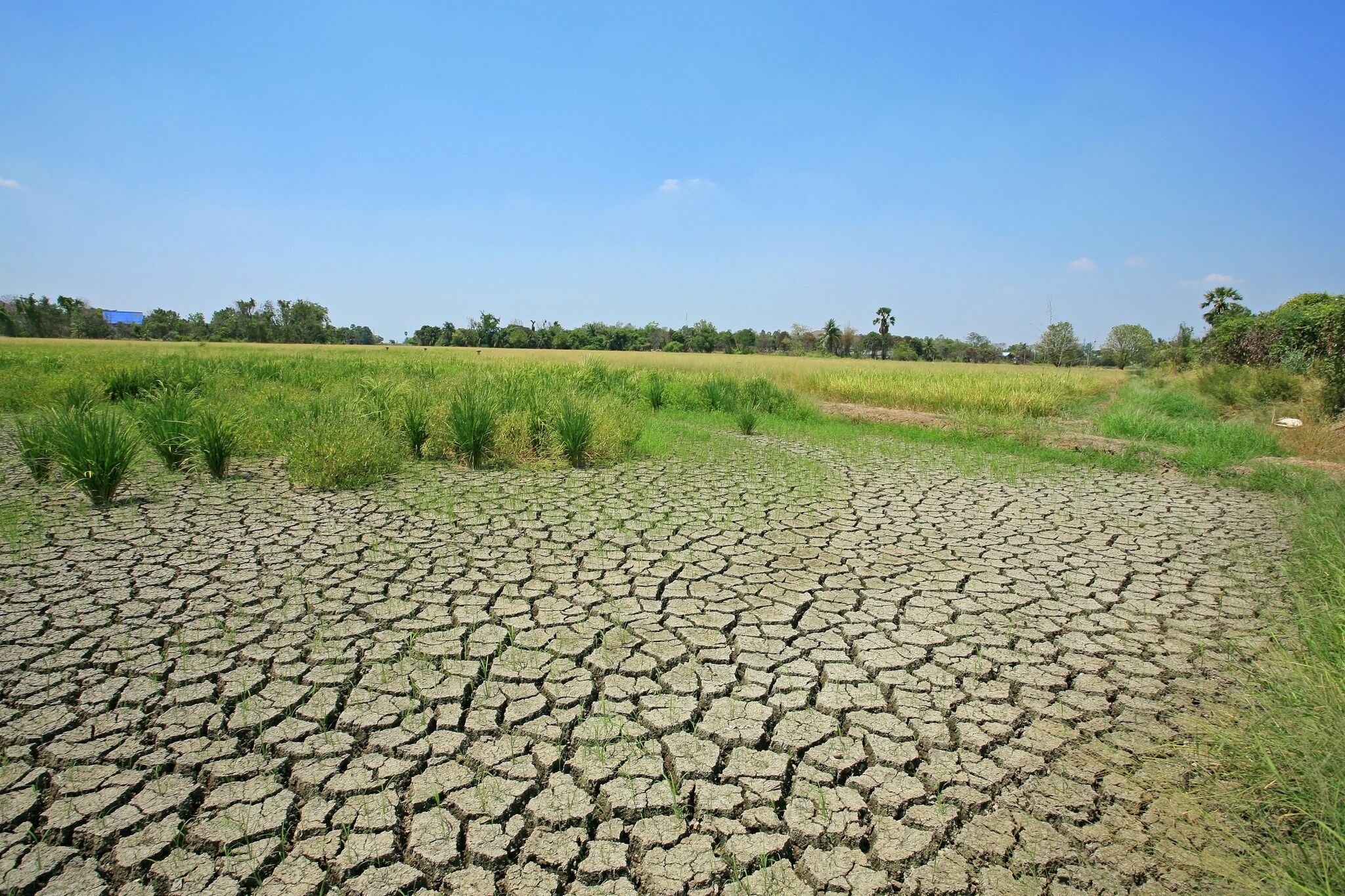
Global land degradation could displace millions in the future
Land degradation caused by human activities is pushing the planet towards a sixth mass species extinction, according to a recent report.
It is one of the main causes of species loss and at the current rates of land use, two-fifths of the world’s population is at risk.
Intensifying climate change could force the mass migration of millions of people, creating conflict, food shortages, and habitat loss, according to the report.
The three-year assessment report was conducted by over 100 leading experts from 45 different countries and shows the costly economic and environmental toll of land degradation.
The report was produced by the Intergovernmental Science-Policy Platform on Biodiversity and Ecosystem Services, and was a collaborative effort that drew on more than 3,000 scientific, government, indigenous and local knowledge sources.
The conclusions of the assessment show that land restoration should be a priority as worsening land degradation threatens the well being of billions of people.
“Avoiding, reducing and reversing this problem, and restoring degraded land, is an urgent priority to protect the biodiversity and ecosystem services vital to all life on Earth and to ensure human well-being,” said Robert Scholes, a co-chair of the assessment.
A rapid, yet largely unsustainable expansion of croplands and grazing areas is the biggest driver of land degradation worldwide.
According to the report, the threat to food security and biodiversity has reached critical levels in some regions.
The report also notes that humanity’s high-consumption lifestyles in developed economies coupled with rising consumption in developing and emerging economies are major motivators behind land degradation.
As the world’s population increases, the costs of land degradation will only get worse.
“In just over three decades from now, an estimated 4 billion people will live in drylands,” Scholes. “By then it is likely that land degradation, together with the closely related problems of climate change, will have forced 50-700 million people to migrate. Decreasing land productivity also makes societies more vulnerable to social instability — particularly in dryland areas, where years with extremely low rainfall have been associated with an increase of up to 45% in violent conflict.”
The assessment emphasizes the need for land restoration which will become critical in the coming years. There have been many examples of successful land restoration in every ecosystem and well-tested practices and techniques.
The key then becomes implementing these practices on a wide-scale. The assessment also found that the benefits of restoration are ten times higher than the costs, just further proof that land restoration should be a priority.
These benefits include more employment opportunities, improved quality of life, and better business spending.
“Fully deploying the toolbox of proven ways to stop and reverse land degradation is not only vital to ensure food security, reduce climate change and protect biodiversity,” said Luca Montanarella, the fellow assessment co-chair. “It’s also economically prudent and increasingly urgent.
—
By Kay Vandette, Earth.com Staff Writer
Image Credit: Blanscape/Shutterstock













